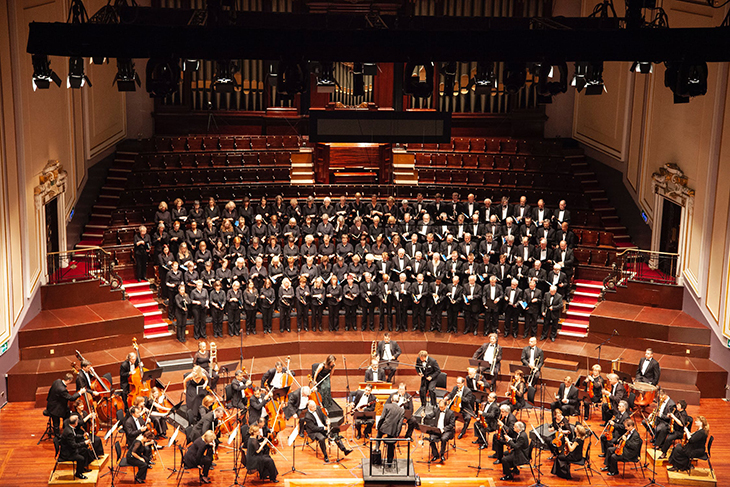
In the world of classical music, a symphony’s beautiful harmony not only pleases the ears but also affects the listener’s body. In fact, it has the ability to basically synchronize the movement, breathing rate, heart rate, and electrical conductivity of skin amongst members of the audience.
This incredible discovery came about from a study that observed 132 people who listened to classical pieces like Beethoven’s “Op. 104 in C minor,” Dean’s “Epitaphs,” and Brahms’ “Op. 111 in G major.”
The study authors share that previous studies have shown that music has the ability to make people feel the same emotions, this study explored whether people in a concert crowd could sync up physically.
Normally, people sync up physically when they interact directly, like when they walk or breathe together.
Led by Professor Wolfgang Tschacher and his team at the University of Bern in Switzerland watched closely as people listened to a string quintet playing the mentioned pieces. They used cameras to track movement, wearable sensors to check physical reactions, and questionnaires to understand the participants’ personalities and moods.
The study results showed that people in the audience synced up in different ways, such as in their movements, heart rates, breathing rates, and skin conductivity (a measure of nervous system arousal). The most significant synchronization was seen in breathing rates.
The study also found a link between a person’s personality and how likely they were to sync up physically. People with agreeable or open personalities were more likely to sync up, while those with neurotic or extraverted personalities were less likely. These personality traits are part of the “Big Five” traits, where open individuals are often creative, and agreeable individuals avoid conflict.
Though the study found interesting results, it admits there were limitations in collecting data. Sometimes, comfort was prioritized over data quality when choosing sensors. The researchers suggest using more reliable methods in future studies to make the findings stronger.
Looking at music more broadly, there’s a fascinating aspect. Even though sounds can have different frequencies, all the sounds we hear essentially fit into 12 music notes or tiny tones between them. When these notes are played perfectly, they create the seamless harmony we love in a symphony. Any notes that are “off” or “out of tune” disrupt this harmony, emphasizing the need for precision in a symphony’s complex ensemble.
As more musicians and instruments join in, making sure every note aligns becomes more challenging. This challenge is why attentive listeners feel the music physically and why the unity of all parts is crucial for an enjoyable performance.



